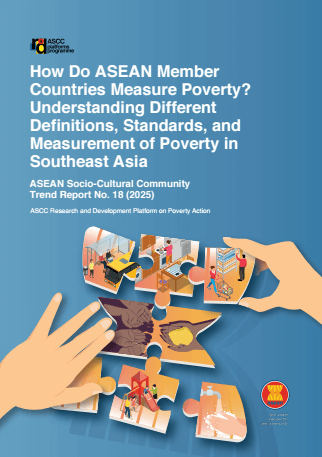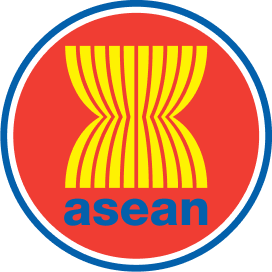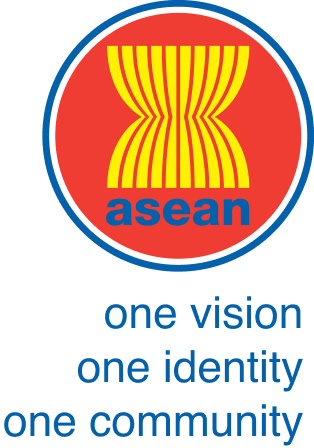

EXECUTIVE SUMMARY
Poverty eradication will remain a priority for ASEAN in its Post-2025 Vision; however, conceptualisations and measurement of poverty have not been homogenous across the region. This trend report assesses how ASEAN’s strategy for poverty eradication in the post-2025 era might benefit from being based on a clear and comprehensive understanding of the diverse ways in which poverty is understood across ASEAN. Poverty measurements differ across the AMS, as reflected in the different methods employed and the extent to which indicators accounting for the multidimensionality of poverty are included. This variety of measurements, while necessitated by contextual differences, raises complexity in developing a standardised regional framework for comparing progress across ASEAN. Moreover, existing global standards are insufficient to serve as a basis for inclusive poverty alleviation initiatives through a multidimensional lens.
ASEAN may consider improving its poverty assessment methodology regionally to better account for various non-income aspects of poverty and how the current and future challenges—such as ageing population, climate change, food inflation, urbanisation, and digitalisation—might exacerbate poverty. To date, much of such data has been made available and accounted for by ASEAN, pointing to the fact that ASEAN has well acknowledged the importance of these emerging trends towards poverty eradication. Multistakeholder engagement in ASEAN can be further developed to foster more cooperative and inclusive approach to further enhance the people-centredness of ASEAN’s efforts in poverty eradication and strengthening ASEAN’s poverty monitoring capacity. Such an engagement may be pursued through capacity-building efforts, transfer knowledge, and cooperation in developing national poverty measurements and socio-economic surveys. Moreover, greater involvement from local governments may aid in contextualising national standards at the grassroots level. Involvements from non-governmental actors should also be considered throughout the poverty monitoring process in the development of more pro-poor poverty eradication measures.







